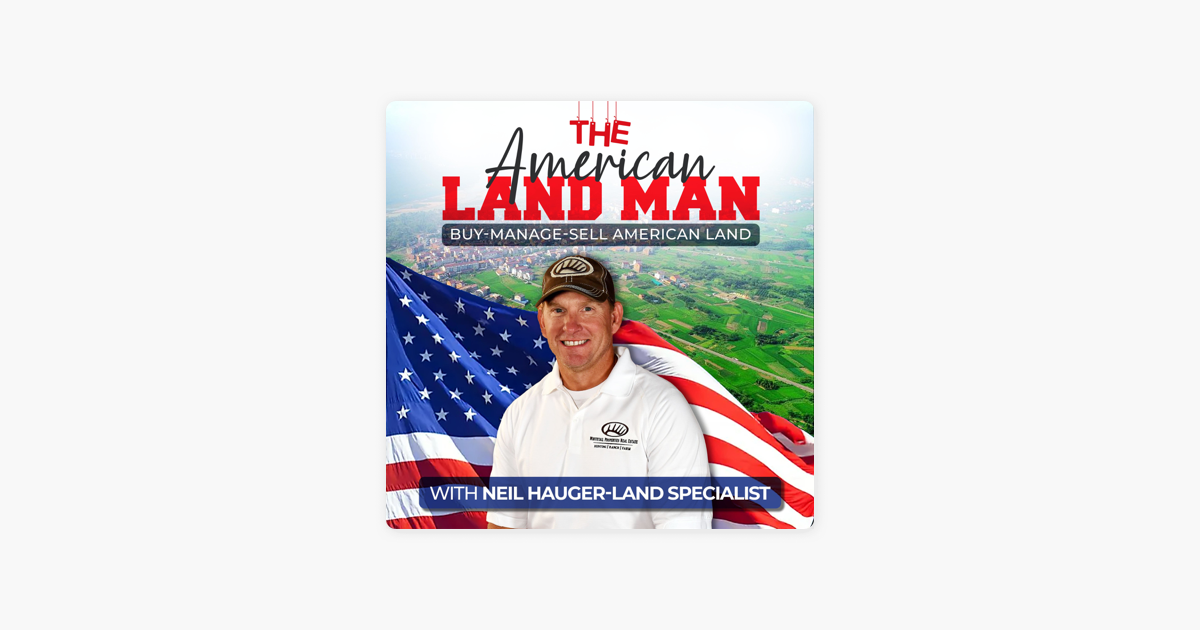Soil Health Friday – Defining Soils?
In the past, I would often refer to soil as “poor” or “great”. However, as I have been reflecting on this more, I am not sure if that is fair to put that label on the medium in which we work to grow our crops, specifically with such a broad stroke with undefined parameters. My current feeling is it is far too qualitative of measurement and not nearly quantitated enough to allow us to determine our actual potential.
If our goal is to reduce inputs, as much as possible, without reducing output or yields, then we must prioritize our soils as a biological system, first and foremost. This is often a counter-intuitive approach, as we have been trained to focus on soil type (sandy, load, etc.) organic matter percentages, Ph, and possibly some techniques or fertilizer recommendations that “work for this type of soil”.
However, neither organic matter nor soil type are solely indicative of our soil's potential and surely are not uniquely correlated to our ability to cycle nutrients and/or increase our biological communication and activity in our soils.
When we continue to allow ourselves to use the term poor soil, we continue to alienate darn near everyone. Even if this a utopian soil type was common, it can also become easily degraded if the soil health principles are now followed.
This in and of itself is why the 6th soil health principles were created and are so valuable.
· Know Your Context.
· Cover the Soil.
· Minimize Soil Disturbance.
· Increase Diversity.
· Maintain Continuous Living Plants/Roots.
· Integrate Livestock.
By following these principles, we are not worrying about if our soil is poor or not, we are focusing on the efficiency and functionality of our soils. As I have stated in other blogs, we must be extremely cognizant of nutrient cycling if we want to truly reduce our input costs, and maximize biological efficiency. That is why at Vitalize Seed, I often say “we are not a seed company, we are a nutrient cycling company”, we put our effort into a Spring mix that preps ground for Fall and a Fall mix that preps ground for Spring, further driving symbiotic relationships with the microbiome’s communications.
To dive into this further, if you have low CEC soils and struggle to grow brassica, grains, and other higher N scavenging crops – it is not a surprise, you simply don’t have enough N in the system. This will be heavily apparent in year one. This is why when focusing on Spring plantings that feed the soil for a Fall planting, you can achieve far better results over time. This is the entire premise behind our 1-2 system. If you are using cover crops for your Farm to prep for a Spring planting, this is where understanding C: N cycles and nutrient cycling can help you to reduce input needs – what is available now, and what will be soon, what is needed to speed up residue breakdown, etc. – these are the questions we can help you answer.
Similarly, to the importance of biology, we also want to focus on soil structure. Those with very high CEC soils will often say “I have poor soil, that is why I must turn it” and those with low CEC soils say “I have poor soils, they are just too light to hold nutrients”.
Both of these are 100% a challenge, and biology will help (creation of glomalin from fungal network establishment, for example) but so will balancing our base saturations of CA, MG, and K.
In lighter soil we want a higher MG level to help hold the soil structure tighter. In heavier soils, we almost always see inadequate CA, and we need to add this to help our soil's porosity.
All in all, “great” soils can function poorly and “poor” soils can function greatly. We need to stick to a plan for a few years, implement the 6 soil health principles to the best of our ability, manage deer browse (in food plot situations), and focus on PH/base saturations. If you do this, and use good quality seed blends to feed each other, and the soil's microbiome, you will without a doubt find success be it a farm field to a food plot.
PS – For context, the world record bu/acre of corn is grown outside of the Midwest and is grown on sub-7 CEC soils. I suspect that gentleman doesn’t define his soil as poor.
Thank you for considering Vitalize Seed as your seed source.



























